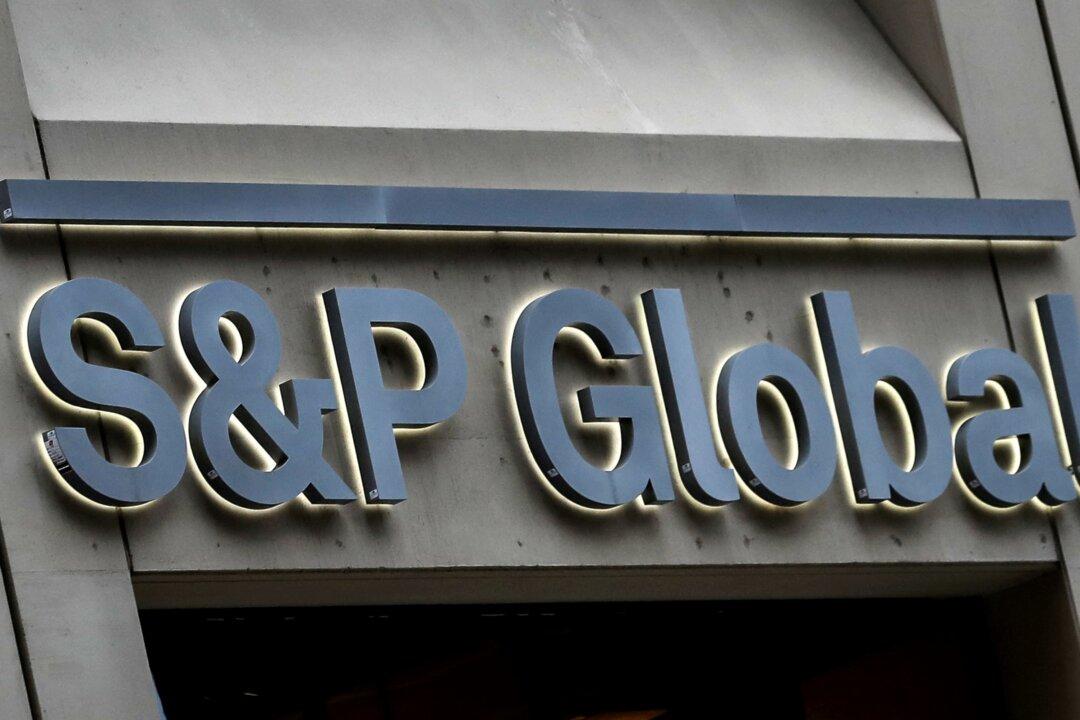S&P Global followed Moody’s lead by downgrading the ratings of five U.S. regional banks by one grade and gave a negative outlook for others.
The credit ratings agency released an Aug. 2 research note citing recent “tough” lending conditions, which led it to cut the ratings of KeyCorp, Comerica Inc., Valley National Bancorp, UMB Financial Corp. and Associated Banc-Corp.





